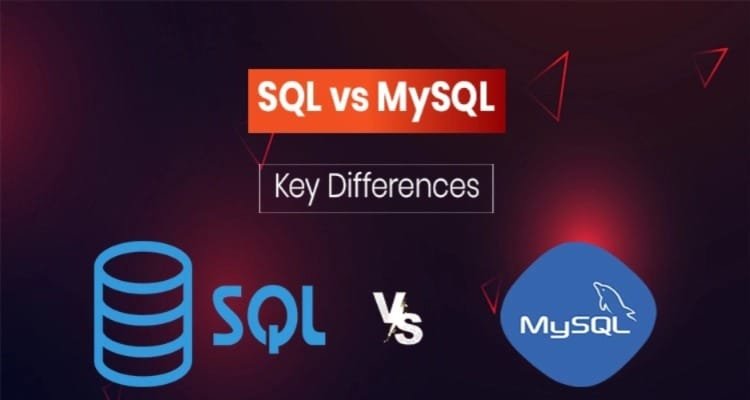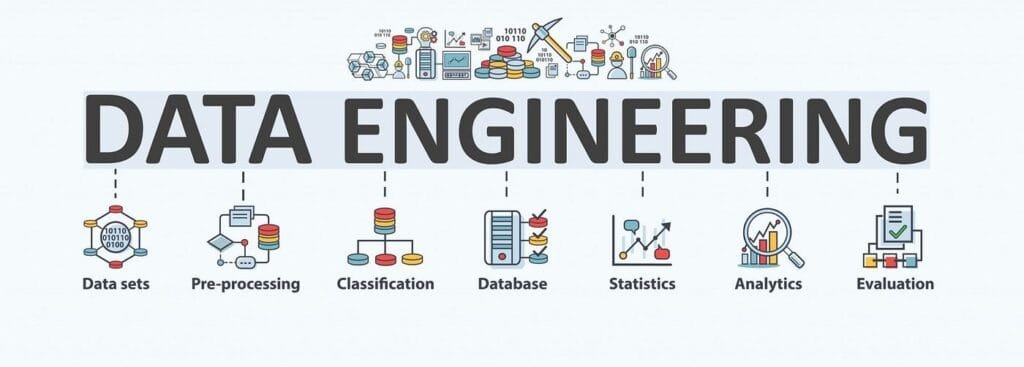Understanding The Differences Between MySQL And SQL

The demand for database management has increased dramatically along with the increase in data utilisation in the commercial world. Regardless of the size and structure of the organisation, these databases have evolved into a necessary component.
However, data is useless without analysis. Companies employ an RDBMS specifically for this purpose (Relational Database Management System). RDBMS provides management tools that assist database managers and organisations in creating relationships between various sources of data. You will examine two commonly used and effective management technologies in this post and discover how SQL and MySQL vary from one another. However, it is crucial to comprehend each one separately before digging deeply into the distinction between SQL and MySQL.
SQL: What Is It?
Structured Query Language is abbreviated as SQL. According to the recommendations of the ANSI (American National Standards Institute), SQL is the accepted language for managing and maintaining databases. Since most database queries for accessing, adding, or altering data are based on the conventional SQL syntax, only a few minor syntactic changes have been made.
IBM was where SQL was initially created. With SQL, you may quickly and easily add, modify, update, or delete data from a database using a language that is similar to plain English. Multiple relational database management systems, including MySQL, SQL Server, Oracle, and MS Access, can be managed with SQL. You can construct and change any database and create schemas by writing SQL codes and queries.
MySQL: What Is It?
The relational database management system MySQL was created and first made available in 1995. It was created and funded by MySQL AB, which was later bought out by Sun Microsystems, now known as Oracle Corporation. My (the daughter of the co-founder) and SQL are combined to form the word MySQL.
One of the first open-source RDBMSs to be created and released was MySQL. There are numerous MySQL variations available nowadays. All of the versions share the same fundamental syntax, though. The computer languages C and C++ were used to create and write MySQL, which is compatible with all major OS (operating systems). It is a fundamental part of the widely used LAMP (Linux, Apache, MySQL, PHP/Perl/Python) open-source web application software stack.
What distinguishes SQL and MySQL from one other?
Now that you are familiar with the fundamental outline and notion, let’s examine the primary contrasts between SQL and MySQL.
SQL is a query language used to control RDBMS. SQL is used by MySQL, a relational database management system.
The main purposes of SQL are to query and manage database systems. MySQL gives you the ability to manage, save, edit, and delete data while also storing it in an organised manner.
No connector is supported by SQL. The MySQL Workbench is a built-in tool that makes it easier to design, build, and create databases.
SQL adheres to a straightforward standard format without numerous or frequent modifications. MySQL is frequently updated and has many variations.
There is just one storage engine that SQL supports. In addition to plug-in storage, MySQL supports a variety of storage engines, increasing its flexibility.
Other processors, even its own binaries, are not permitted to alter data while SQL is being executed. MySQL is less secure than SQL because it permits execution-time data file manipulation by outside processors.




